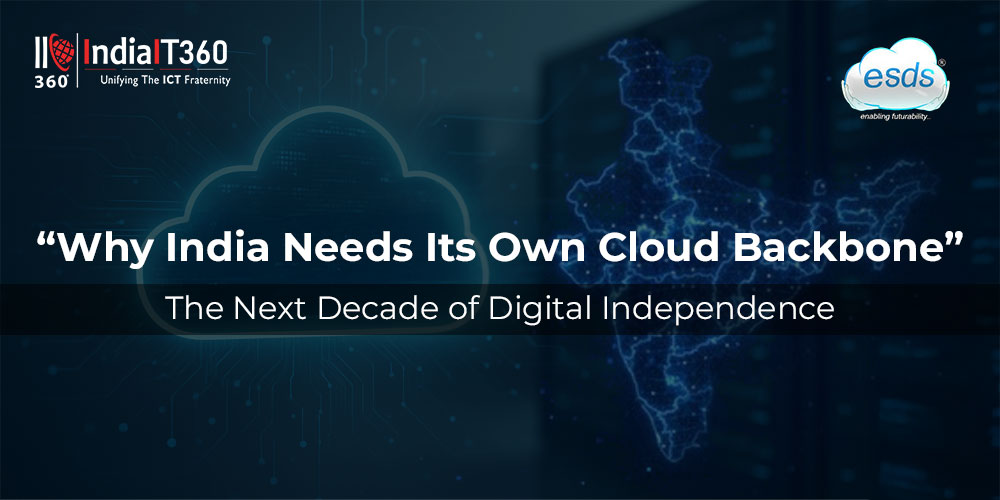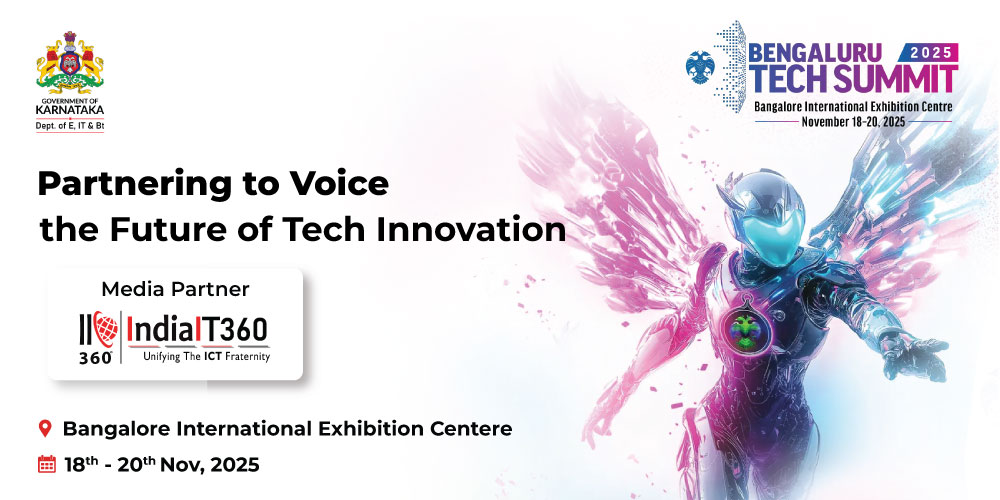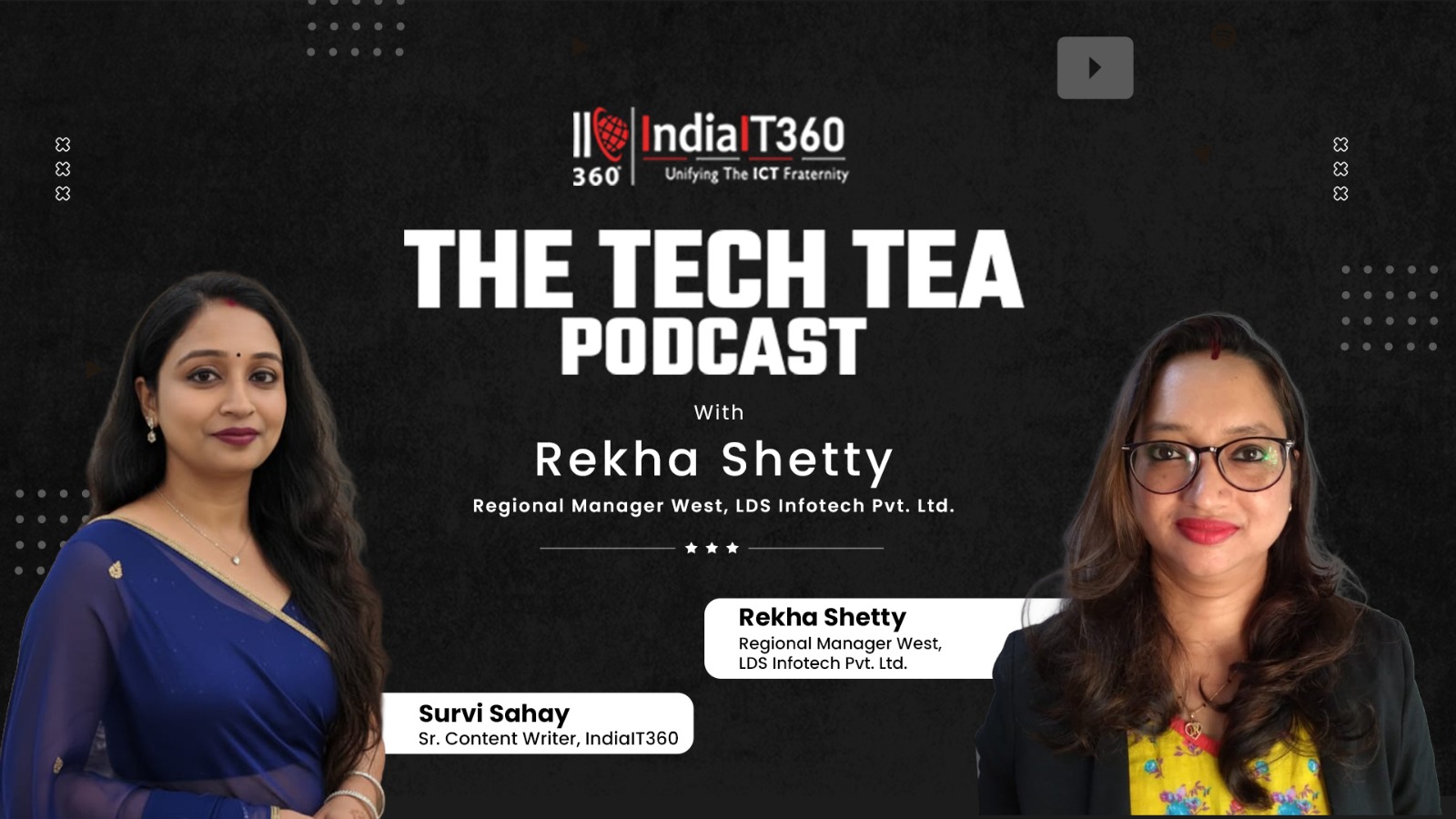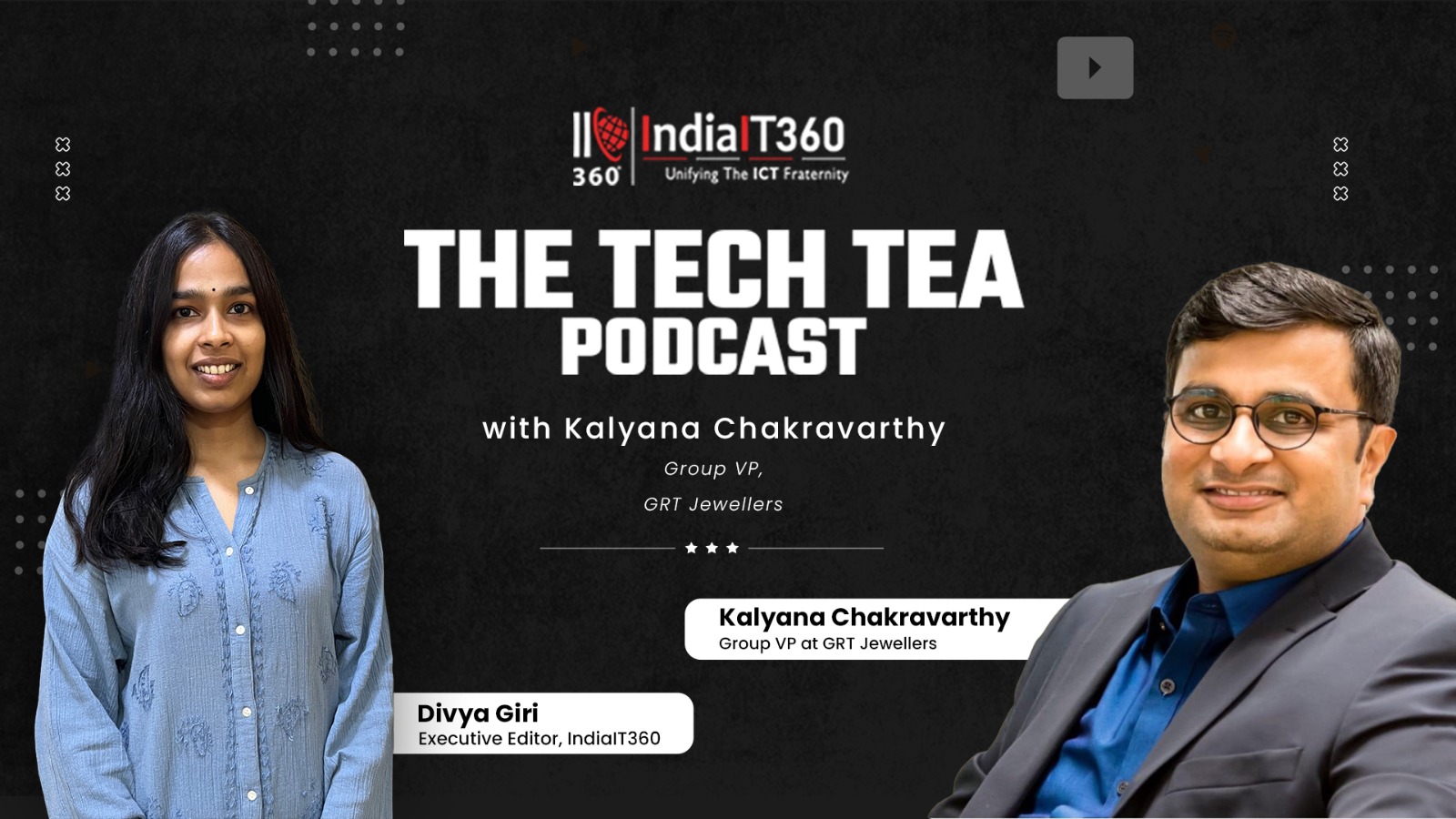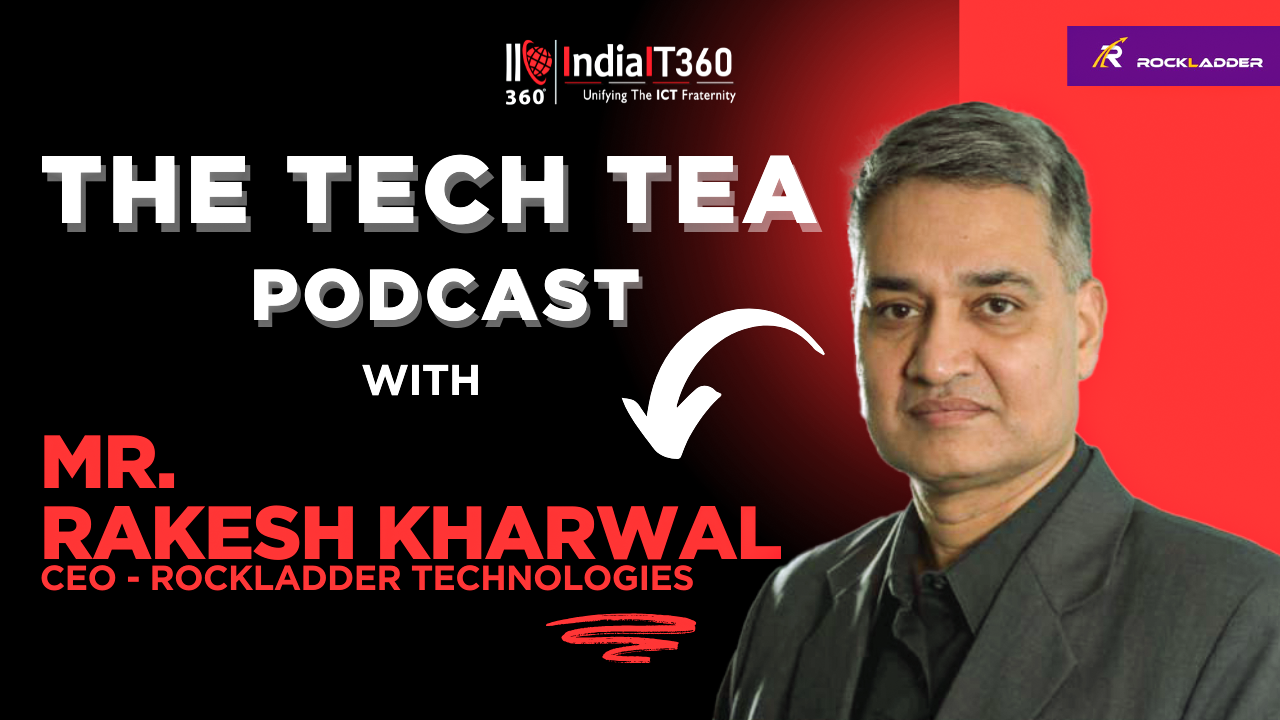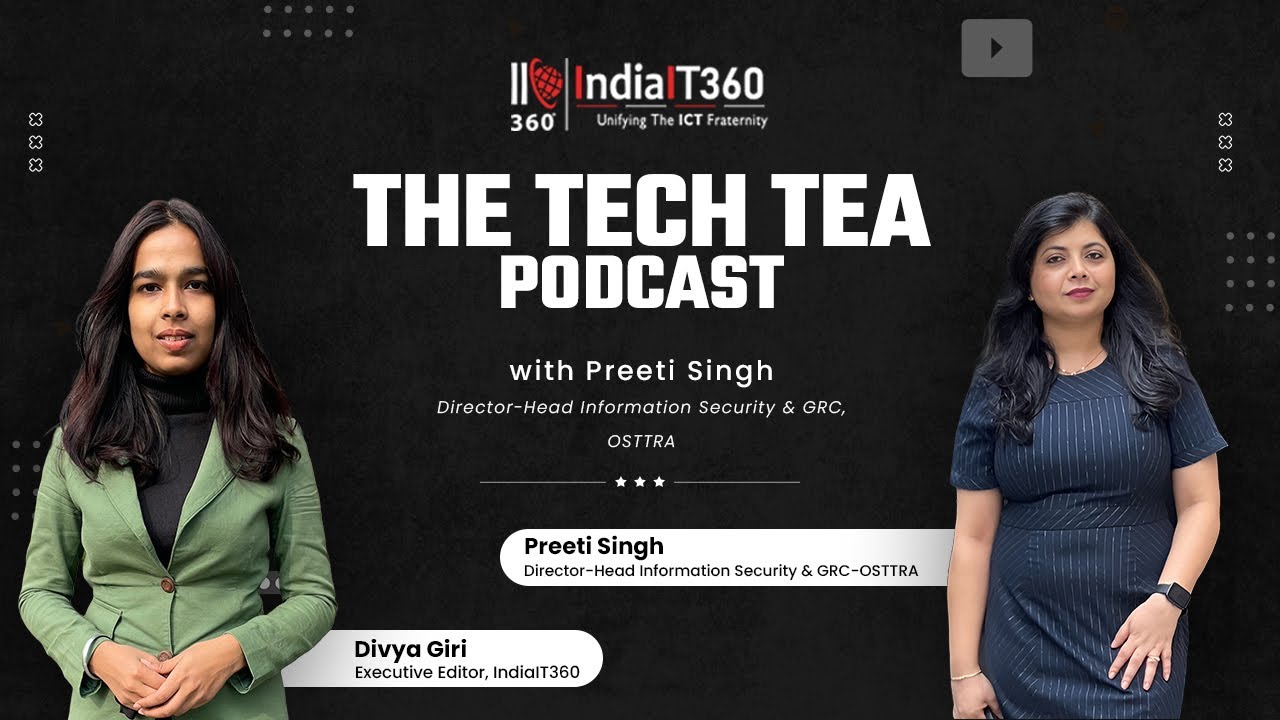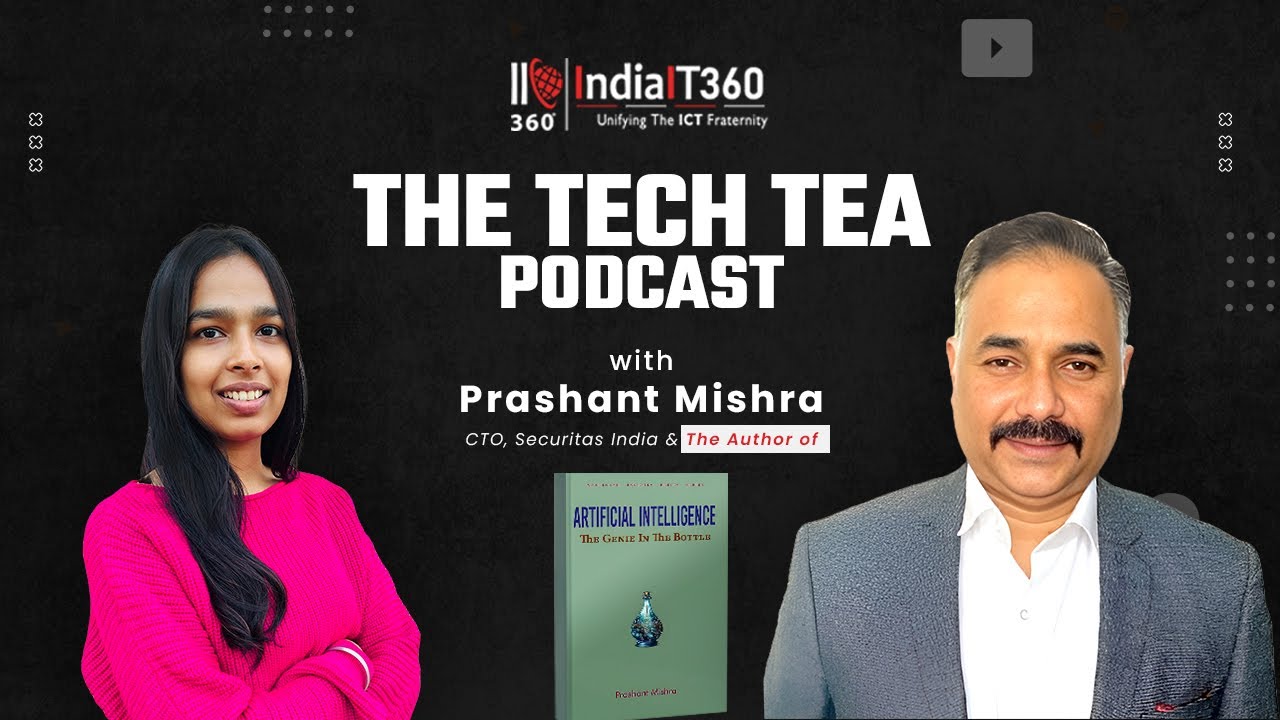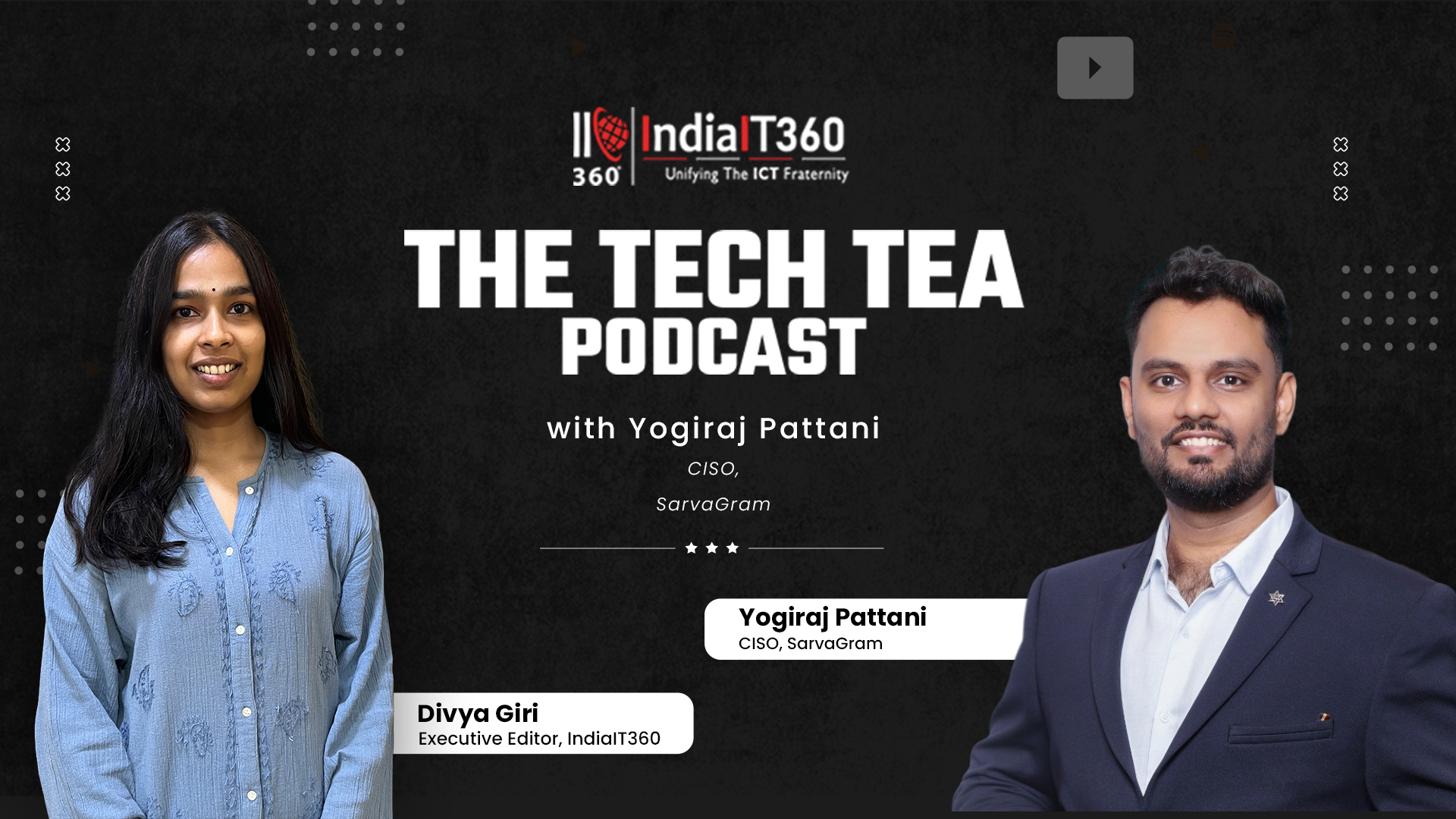Balancing Sustainability and Profitability Through Technology
The Brundtland Commission, the 1983 UN Commission on Environment and Development, in its report of 1987, defined Sustainability as “meeting our own needs without compromising the ability of future generations to meet their own needs”.
As per Edward Barbier in his article, the three dimensions or Pillars of Sustainability are: Environmental, Social, and Economic. These are the three intersecting components of sustainability, depicted in the Venn diagram:
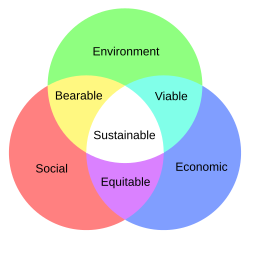
In a way, the Environmental Dimension can be treated as the basis for the other two dimensions.
Environmental Sustainability includes Prevention of Water and Air Pollution, Energy Conservation, Efficient Resource Utilization, Climate Change Mitigation, Biodiversity Protection, etc.
Fair Pay, Diversity, Safety, Data Privacy and Security, etc., fall under Social Sustainability.
Economic Sustainability is the capability of building lasting progress.
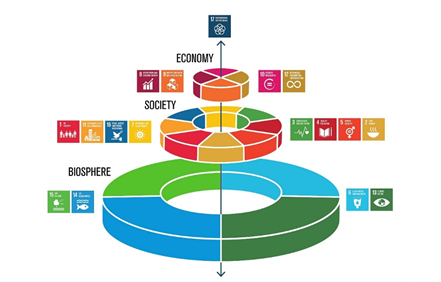
With the United Nations urging all businesses to integrate sustainability into their decision-making processes, understanding the sustainability principles will enable companies to operate responsibly and sustainably in the global arena.
Businesses can achieve transparent governance through fair Boards, independent audits, unambiguous policies, and zero tolerance for fraud and harassment.
- 1. Statistics say that around 50% of consumers are considering sustainability in their purchasing decisions, which means sustainability is giving a competitive advantage.
- 2. The sustainability practices will lead to profitability as these practices ensure increased sales, business continuity, security, an elevated brand image, and loyal customers.
There would always be a single truth and a greater good. “All inclusive” is the Mantra. This outlook leads to ethics and Values. The actions taken to achieve the business goals, without compromising with the ethics and values, will lead to ultimate good. It does not happen on its own. It has to be strategized and executed well.
It’s good that awareness of and efforts towards sustainability are increasing, processes are getting improved, and required change management is taking place in the businesses. Hence, in the short term, sustainability poses challenges with respect to efforts and expenditure. But in the long run, sustainability leads to profitability. In the short term, whatever looks like a balancing activity between sustainability and profitability would evolve as the set of drivers for profitability.
In a nutshell, sustainability has taken the place of “need to have” from its status of “nice to have”. As Darwin puts it, only the fittest would survive. It is those businesses that embrace sustainability initiatives and implementations faster that will be on the growth path and will be profitable. When we think of the larger canvas, adopting sustainability measures creates opportunity for new businesses, enriching the entire ecosystem. The support and encouragement from the Government, in the form of policies, exemptions, and subsidies, would be the key to accelerated progress in this regard.
- Reducing waste (Circular Economy): Achieves reduction of waste, recycling, and reuse. At the conception stage of the products themselves, their durability and ease of recycling would be considered, reducing cost and carbon emissions.
- Conserving resources:
- Water Conservation: e.g., utilizing the treated water for watering the green belt surrounding the factories.
- Implementing renewable energy solutions
- Solar energy, wind energy, and hydropower are substituting for fossil energy sources.
- Floating solar farms are situated on water wherever there is a scarcity of land.
- Developments in battery storage make renewable energy systems more effective, as the excess power produced is stored and can later be used when the renewable systems are not producing energy.
- 3D printing Additive Manufacturing: It enables precise production with minimal material waste, allowing manufacturers to create complex parts and products more efficiently. Additionally, the use of biodegradable materials in production processes is gaining popularity, further reducing the environmental impact of manufacturing.
- Achieving Energy Efficiency through Smart Grids
- Battery technology improved the mileage of electric cars and the recharging time, boosting the usage of EVs.
- Hydrogen Fuel Cell Technology as a source of power for automobiles, which releases only water, a colourless and odourless gas. Electric buses and trains are greatly enhancing the green image of the cities.
- Advanced Waste Management Techniques: Through the use of clean technologies, waste handling with special emphasis on recycling, composting, and the recovery of energy from the waste can be achieved. Technologies like waste-to-energy facilitate the conversion of non-recyclable waste converted to electricity or heat.
- Clean Fuel Solutions: Sustainable energy sources such as Piped Natural Gas (PNG) can be used for power backup operations. Solar Energy is used for eliminating the use of Diesel, reducing carbon emissions.
- Heat Recovery System: These systems utilize vapours emitted from fryers, recovering waste heat for productive use and reducing their carbon footprint. These systems eliminate the use of harmful substances like CFCs (Chlorofluorocarbons). With heat recovery technology, electricity consumption is reduced, resulting in significant energy savings in FMCG facilities.
- Anaerobic Effluent Treatment:These systems utilize anaerobic processes to treat wastewater, producing biogas as a byproduct. This biogas is then efficiently utilized by mixing it with PNG (Piped Natural Gas), reducing the dependency on conventional energy.
- Compost Machines: These machines are utilized to convert organic waste, such as potato peels and kitchen wet waste, into compost. The FMCG industry can minimize its environmental impact by reducing its reliance on chemical fertilizers in agricultural activities.
- Green Plantations: Promoting biodiversity by creating habitats for various plant and animal species.
- New Waste Management Technologies: Enhance energy efficiency, reduce odour concerns, and expedite the dewatering process, leading to environmental safety while optimizing operational efficiency.
- Rainwater Harvesting: Collecting and storing rainwater for multiple purposes, including groundwater recharge.
- Smart Water Management: Through data-driven decision-making, reducing environmental footprint, and getting resilient to water scarcity challenges.
- Innovating Sustainable Materials: Avoiding harmful materials, innovating, and using eco-friendly materials.
- Packaging: Progress in Packaging Technologies with reuse and recycle as the core requirements, simultaneously addressing the requirements of material type, quality, resilience, safety, and many others.
- Information Technology:
- Digital Transformation and Automation.
- Opting for energy-efficient systems, AI tools, and IoT devices for resource optimization.
- Shortest Route, Transportation, and Assignment algorithms for decision making.
- Creating transparent supply chains through blockchain.
- Developing green cloud-based operations to reduce carbon footprints.
- Smart sensors in factories for monitoring energy usage and detecting inefficiencies.
- “Work From Home” options through suitable Technologies.
- Implementation of Information Security Controls.
- Securing IT and OT Networks.
- Usage of the tools for GRI data capturing and reporting.
- Tracking the POSH Cases and providing awareness through tools.
- Enforcing data privacy through digital Governance Systems.





